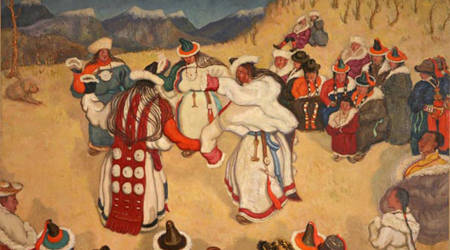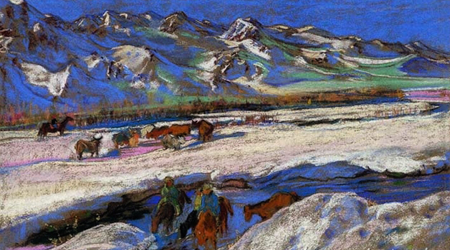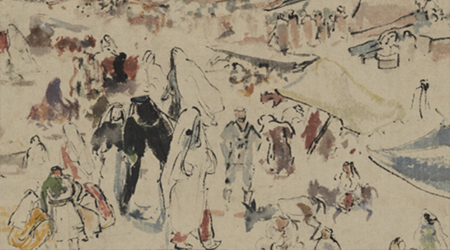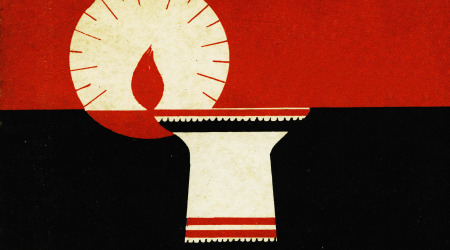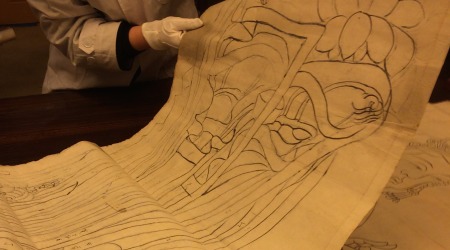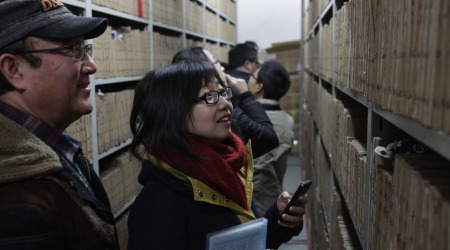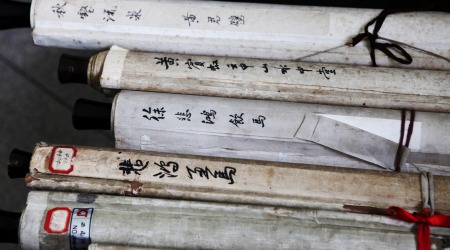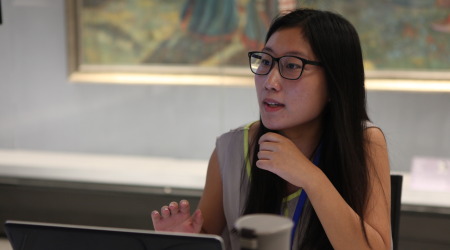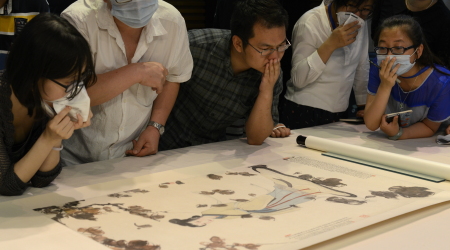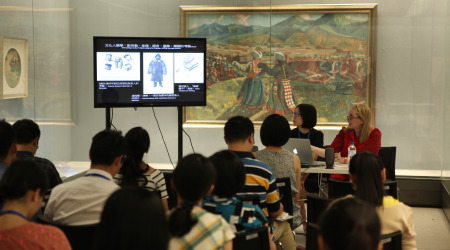The Ethnographic Eye
― Entangled Modernisms: Chinese Artists Trained in Europe ―
Call for application
(Deadline: August 31, 2016)
Institute of East Asian Art History, Heidelberg University
Arts College of Sichuan University
Central Academy of Fine Arts Beijing
with support provided by the Getty Foundation as part of its
Connecting Art Histories initiative
"The Ethnographic Eye" is a graduate-student centred program designed to encourage critical thinking through object-based art history in a range of environments: the museum, archives, fieldwork, and oral history collection.
In the second phase of the “Ethnographic Eye” initiative, our focus will turn to a major cornerstone of Sino-modernity in the 19th and 20th centuries—namely the artistic education that prominent Chinese artists received in Europe before they returned to China during the war. For several decades before the mid-1930s, artists moved first to Japan for artistic training in European techniques, and then to Europe itself, populating the art schools in major cities. This pursuit of art education beyond China’s shores occurred in several waves. Phase II of our project will look at the formation of Chinese artists in the oil painting idiom, which would become a critical skill-set for modern Chinese art. We will consider closely the circumstances of Chinese artists’ study environments, including the teachers under which they trained, the curricula at the art schools where they enrolled, and the types of European painting and sculpture that were popular among Chinese students in art capitals such as Paris, London, Brussels, and Berlin (in addition to other smaller, but key cities such as Lyon, Dijon, and Glasgow) from 1915-1937, and how this formative period impacted art training after their return to China.
The “Ethnographic Eye” initiative as a whole is designed to be an international cooperation in which art history scholars and students from different institutions, including museums, have the opportunity to work together across borders. Phase II will give students and professors from China, Europe, and the United States an opportunity to connect their expertise, resources, and methods of art historical reflection as they travel together to sites in Europe where key technical and artistic foundations of Sino-modernity were established through the travel and training of Chinese artists. Two group research trips and a conference are planned for 2017-18.



